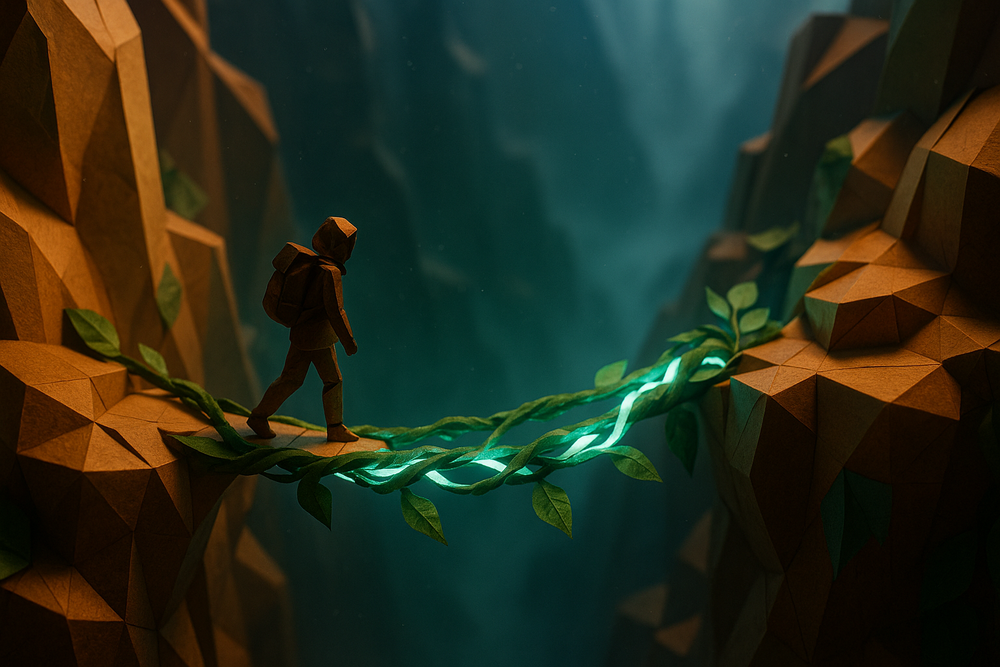OpenAI's Sora represents a significant advancement in generative AI, enabling the creation of realistic and imaginative video content from simple text prompts. Unveiled in February 2024, Sora can produce high-definition videos up to one minute in length, capturing intricate details and complex scenes with remarkable fidelity.
Technological Foundation
Sora builds upon the diffusion transformer architecture, a denoising latent diffusion model that processes 3D "patches" in latent space before converting them into coherent video sequences. This approach allows Sora to generate videos that maintain visual quality and closely adhere to the provided textual descriptions. The model's development involved training on a diverse dataset comprising publicly available and licensed videos, enabling it to understand and simulate a wide array of visual scenarios.
Capabilities
Sora's primary function is to generate videos based on textual prompts, effectively translating descriptive language into dynamic visual content. Beyond this, Sora can extend existing videos by generating preceding or succeeding frames, offering a seamless continuation of visual narratives. It also possesses inpainting capabilities, allowing for the modification or replacement of specific elements within a video, thereby facilitating targeted edits without the need to recreate entire sequences.
Applications
The versatility of Sora opens avenues across multiple industries:
- Entertainment and Media: Filmmakers and content creators can utilize Sora to visualize concepts during pre-production, generate special effects, or create entirely AI-driven short films, thereby streamlining the creative process and reducing production costs.
- Marketing and Advertising: Marketers can craft engaging promotional materials tailored to specific campaigns, enabling rapid prototyping and customization of content to resonate with diverse audiences.
- Education and Training: Educators can develop illustrative videos that elucidate complex concepts, enhancing learning experiences through visual representation.
Challenges and Ethical Considerations
Despite its impressive capabilities, Sora faces challenges, particularly in accurately replicating complex physical interactions and ensuring demographic representation. Early testers have noted issues such as physics inaccuracies and biases in generated content. OpenAI is actively addressing these concerns by refining the model and implementing safety measures to mitigate potential harms.
The ethical implications of AI-generated video content are profound. The potential for misuse in creating deepfakes or spreading misinformation necessitates robust safeguards. OpenAI plans to incorporate C2PA metadata in future deployments to help distinguish AI-generated content from authentic media, promoting transparency and accountability.
Recent Developments
In November 2024, Sora became the center of controversy when early testers leaked access to protest OpenAI's rollout strategy and compensation practices. Artists involved in the early testing phase accused OpenAI of exploiting unpaid labor, leading to the unauthorized release of Sora's API key on platforms like Hugging Face. In response, OpenAI temporarily halted access to Sora, emphasizing that the model remains in a research preview phase. This incident underscores the importance of ethical collaboration and fair compensation in AI development.
Future Outlook
OpenAI continues to refine Sora, focusing on enhancing its capabilities while addressing ethical and technical challenges. The company is engaging with creative professionals to gather feedback, aiming to develop a tool that not only showcases technological prowess but also serves as a valuable asset across various creative domains. As AI-generated content becomes more prevalent, the balance between innovation and ethical responsibility will be crucial in shaping the future landscape of media and communication.
In summary, Sora exemplifies the potential of AI in video generation, offering transformative possibilities for content creation. However, its development journey highlights the necessity for careful consideration of ethical practices, contributor relations, and the societal impact of such advanced technologies.






